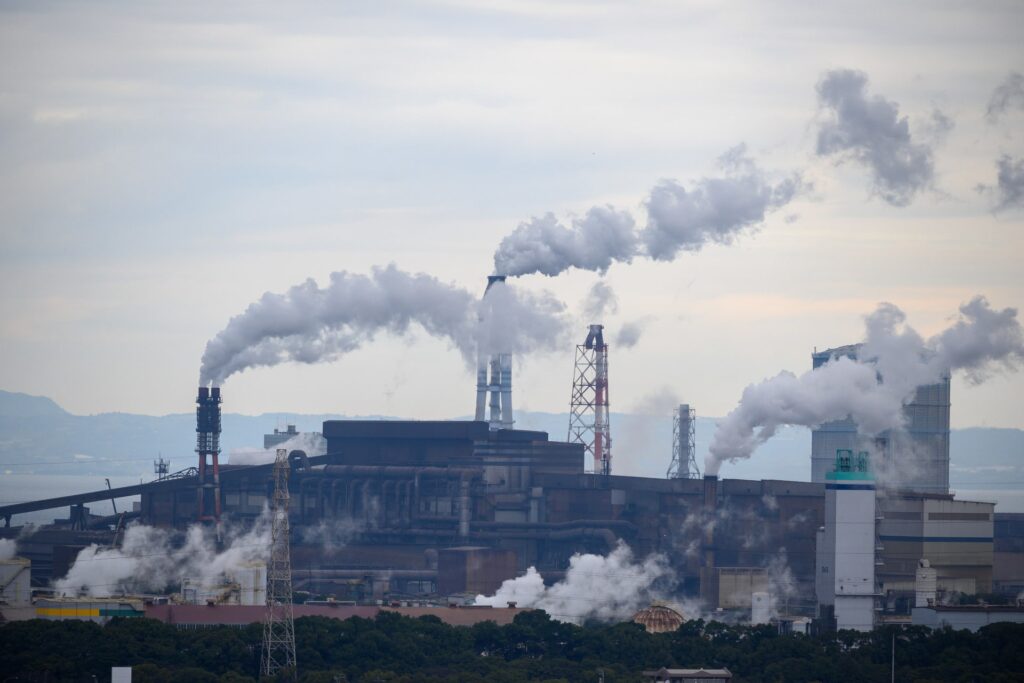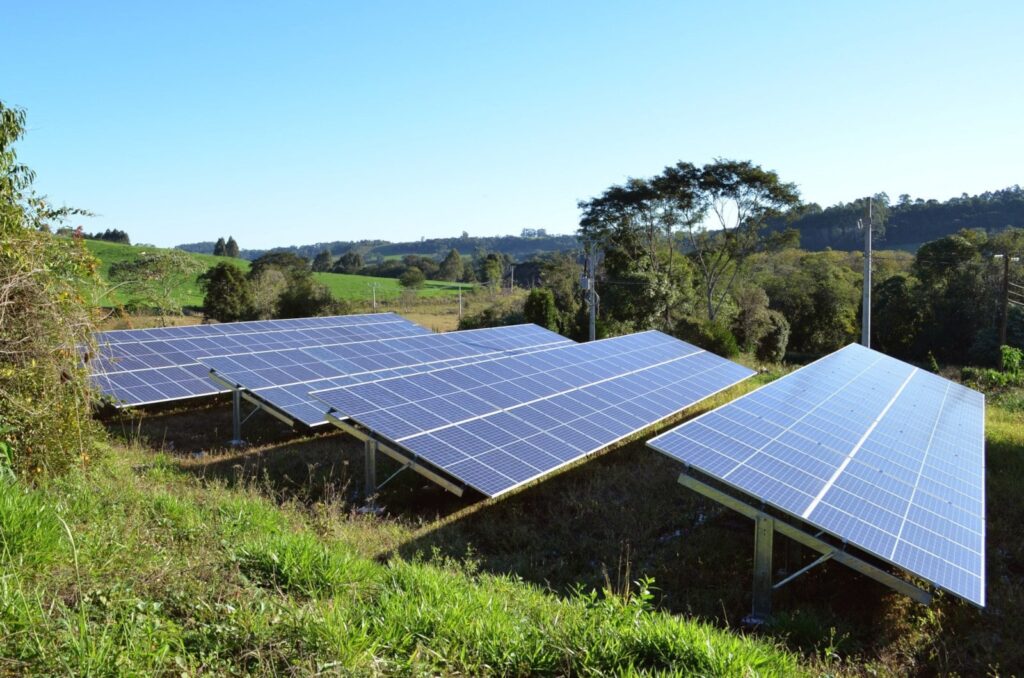HVAC, we have a problem. Many of the world’s heating, ventilation, and air conditioning (HVAC) systems are burning through much more energy than is necessary. All that extra energy usage translates to spiralling costs for businesses, and a high carbon cost for the planet.
According to the US Department of Energy, HVAC systems consume 40% of energy used in commercial buildings, and other sources place that figure much higher. And without intervention, that number doesn’t show any signs of dropping. Every one of the last seven years has been the hottest on record in the US. Extreme weather ramps up the pressure. In the US, HVAC systems are switched on earlier in the year, for a longer duration and for a longer season. Malfunctions spike, as systems struggle to cope.
What if there was another way to configure HVAC systems? A way that was robust and which didn’t break down? One that used less energy, reducing both financial and carbon costs?

The use of many household products which contain harmful chemicals, pollutants and toxins, thus contributing to poor indoor air quality. A study that looked at the long-term exposure of air pollution indicated that the risk of death was higher than the death rates from Covid-19. The pandemic has proven to the world that we aren’t prepared for worldwide disasters, whether it’s a virus or global warming. It has even been suggested that climate change has influenced the spread of the virus in more polluted areas.
In terms of diet and food, global food systems, such as agriculture, produce between 20 and 30 per cent of the world’s greenhouse gas emissions. Poor diet is leading to diseases and illnesses like diabetes, obesity, and malnutrition.

Energy production is another leading cause of climate change and one of the greatest health risks. Energy systems are the largest source of greenhouse gas emissions, responsible for three-quarters of the Earth’s global emissions. Fossil fuels damage the air we breathe and can result in adult deaths through causes such as strokes, heart attacks, lung cancer and other respiratory illnesses.
Transport plays a vital role in society. However, trains, cars, aeroplanes and other vehicles contribute to air pollution, injuries, physical inactivity and more.
With all these devastating effects on our health and the things we rely on the most, what can we do to save the climate and public health?

Businesses need to understand the connections between climate and public health and invest in sustainable initiatives to protect their staff, customers, and communities. Many businesses are already working toward a greener future and implementing sustainable practices.
If you’re a member of the public whose health has been affected by climate change, or if you have concerns that the exposure will eventually impact your health, there are many preventative methods you can take.

BSG Group of Companies has a range of products designed to eliminate harmful chemicals, pollutants, viruses and more, for homes and businesses across the globe. BSG products are specifically designed for air conditioning systems, the foodservice industry, and general hygiene for domestic and commercial purposes. Some of the bestselling solutions include:
For more information, contact us or take a look at our product range.